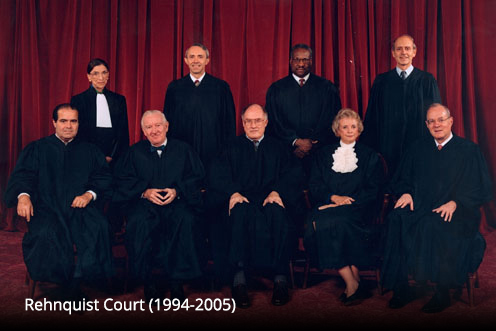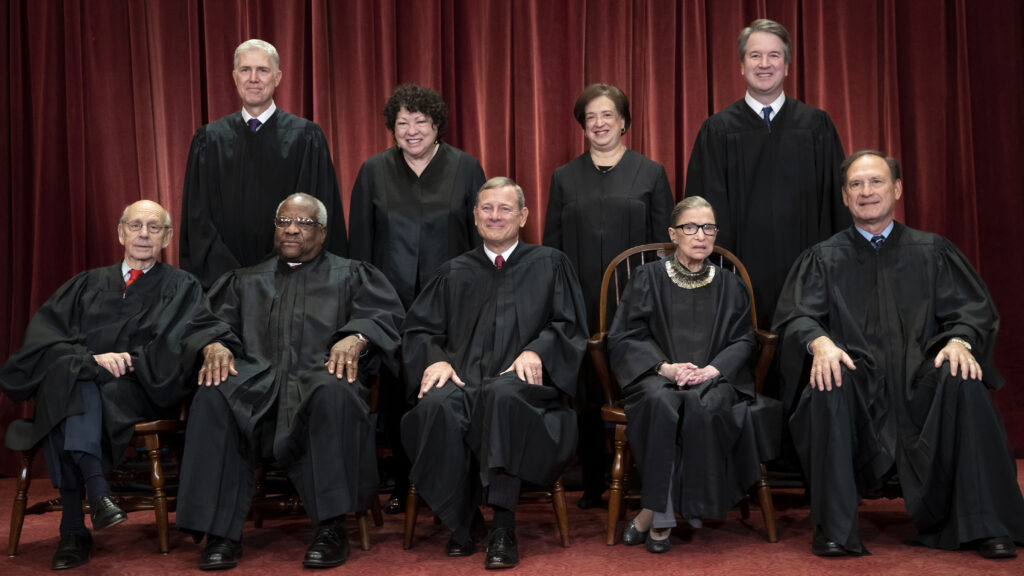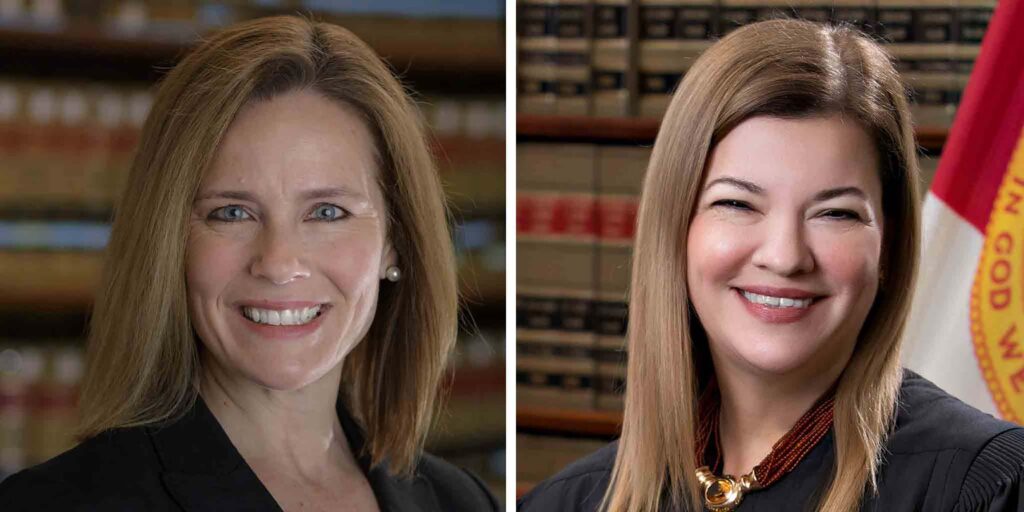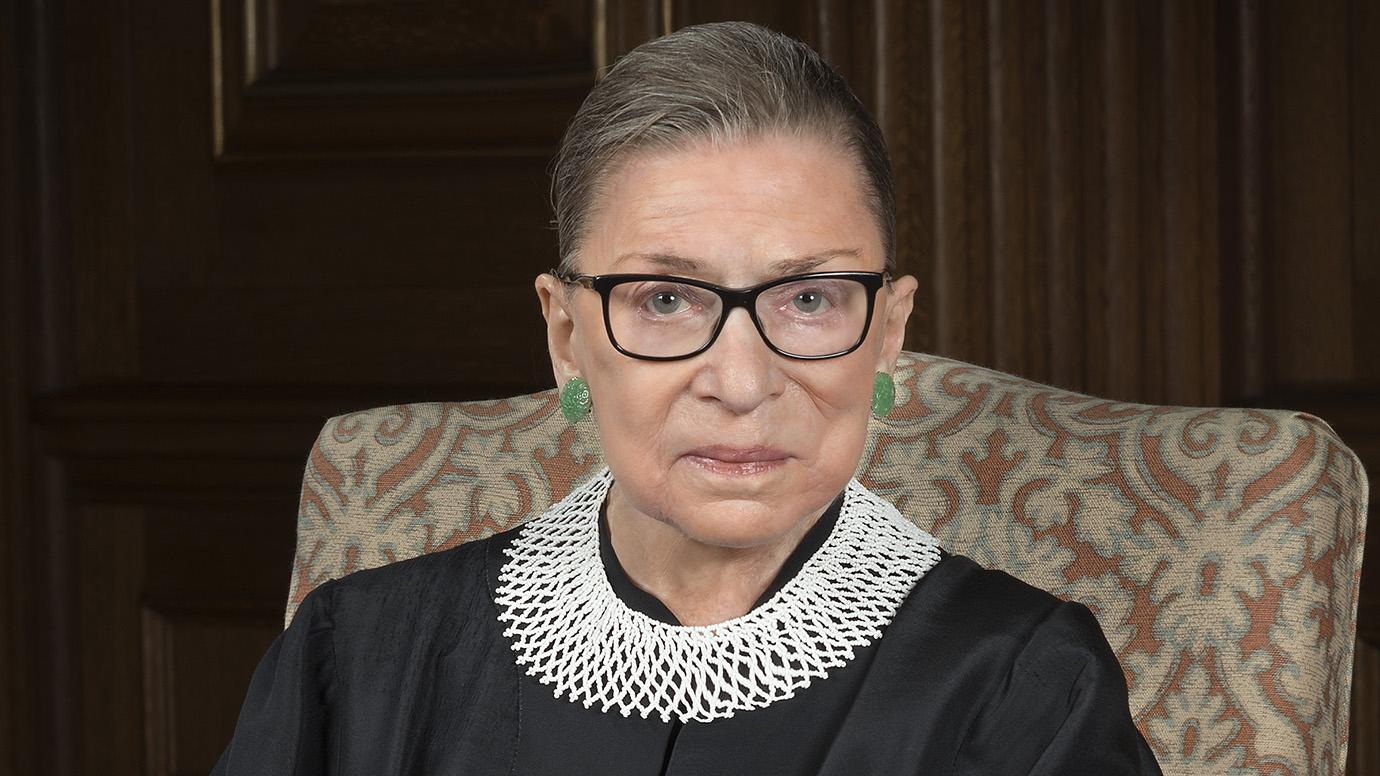The Activist Legacy of Justice Ruth Bader Ginsburg
The recent death of Ruth Bader Ginsburg (RBG) has captured the attention of the nation. The 87 year-old justice had been in poor health for years. Now, President Trump will have an opportunity to nominate her successor and offer conservatives a 6-3 majority on the nation’s highest court, cementing a new direction for it. As we look back on RBG’s 27-year legacy on the court it is clear that she was a devout partisan who came to the court with an agenda. The conservative justices are eager to limit the court to its constitutional role, rather than use the court to drive a radical social agenda; the age of RBG and the activist court is at its end.
Isaac is available to speak at your group or event. Topics include Israel and the Middle East, including learning about the Israeli government, history, current politics, and the new peace treaties. Topics also include American politics in historical context. Click to learn more.
RBG’s Agenda
Ruth Bader Ginsburg was the second woman to sit on the bench of the Supreme Court (SCOTUS) and its seventh Jewish justice. Associate Justice Sandra Day O’Connor was the court’s first woman. Why do feminists not celebrate O’Connor for breaking the glass ceiling? Why is she all but forgotten? In 1981 Ronald Reagan appointed Sandra Day O’Connor to the SCOTUS granting her the honor of being the first woman confirmed to the highest bench. In 1993 President Bill Clinton nominated Ginsburg, then an associate justice of the Washington DC Circuit Court of Appeals, to the Supreme Court as its second female justice. Since then, President Obama added Kagan and Sonia Sotomayor.
Ruth Bader Ginsburg is also noted to be Jewish, but she was the 7th Jewish justice following in the footsteps of Louis Brandeis who was nominated to the highest bench in 1916 by then-President Woodrow Wilson. Current Justices Stephen Breyer and Elana Kagan are also Jewish. President Trump has made it clear he intends to nominate a woman to succeed Ginsburg and maintain the proportion of 1/3rd of the court’s justices being female.
At the time of her nomination in 1993, Associate Justice Ginsburg was thought of as a centre-left justice but she quickly fell in with the court’s most liberal justices. RBG is known for writing the majority opinions for several key cases including United States v Virginia which opened the Virginia Military Institute (VMI) to female students. She contributed to SCOTUS decisions that, among other things, perpetuated the Supreme Court’s doctrine of “abortion on demand and without restriction.” This approach to the controversial social policy has never held the support of a majority of Americans. She might have been remembered as a prominent jurist and advocate of women’s rights given her tenure on the court if she had not sullied her own legacy in recent years with politics.

The Supreme Court, it could be argued, should be above petty politics. Its members should refrain from political commentary or delving into the daily political malaise. Unfortunately, since 2016 RBG has been down in the muck, slinging mud. In 2016 she called then-Republican Presidential nominee Donald Trump a “faker.” She made several negative comments about the President over the years telling the BBC in 2019 that “Trump is not a lawyer… He is not legally trained.” President Trump “has no consistency about him. He says whatever comes into his head at the moment. He really has an ego.” Her dying wish, it seems, was to have her successor appointed by “after a new president is installed.” RBG seemed to be assuming former Vice President Joe Biden would win this year.
It has been noted that Justice Ginsburg had all eight years of the Obama Administration to retire, even as her health worsened. President Obama would have nominated a successor much more to the left’s liking than any Trump nominee. Ginsburg seems to have wished to have her successor appointed by the first female president. She bet heavily that Hillary Clinton would prevail in 2016, but that was not the case. Her gamble gone amiss, she tried to survive to 2021 in the hopes that a Democrat candidate would win the presidency. Even as her health grew ever worse during President Trump’s first term, she refused to resign.
At the end of the day, Ruth Bader Ginsburg’s legacy will be that she was an ardent leftist. Her votes on the court and the opinions she authored represent a very left-leaning judicial philosophy with little room for compromise, consensus, or acceptance of alternative viewpoints. Ginsburg has long been a champion of the far left on the court and that is why the left is eager to celebrate her now: not for being a great jurist or impartial judge, but for being a safe vote for the far left. Curiously, her legacy with the left may not long survive either. Like many in ger generation who eagerly cheered on the crowds of ignorant, chanting, radical young leftists it seems they now feel there was a lack of diversity among her legal aides and clerks: to few “people of color.” Thus, it seems, she may not even be progressive enough for the progressives…
A Jurist Not
Perhaps the most egregious legal position Ginsburg ever took was defense of the court’s policy of “abortion on demand without restriction.” Although this policy has never held the support of the American majority, which has supported at least some regulation and restriction of abortion practices, the unelected court has forced the policy on an unwilling population for half a century so far. Ginsburg once cited “overpopulation” (population control) as a goal of the Court’s abortion policy, a dangerous precedent. Population control is the cause celebre of communists and mass murderers. This looks back to a darker time when the SCOTUS defended forced sterilization and eugenics. In the infamous Buck v. Bell opinion authored in 1927 by the legendary Associate Justice Oliver Wendell Holmes Jr., the Court upheld a Virginia statute that allowed one Carrie Buck to be forcibly sterilized for the good of public welfare. Holmes went on to pen among the saddest opinions of the court: “Three generations of imbeciles are enough.” More to the point, justice Ginsburg should know that population control has no legal standing under the United States Constitution as a basis for any legal opinion to be rendered by the Supreme Court.

These views paint a picture of RBG as lacking compassion and deeply out of touch with the American mainstream. They expose her instead as an agent of the far left who sought to use the nation’s highest court to drive an undemocratic agenda. She certainly had help in this from other liberal justices, but no one has been more personally tied to this cause than RBG. Unelected judges who have no accountability to the people should not determine our social policy, those are matters for the elected branches of the federal government or preferably for the states. It is perhaps fitting then, that her departure from the court will represent the end of precisely that kind of hardened partisanship and leftwing activism that RBG embodied. May judicial activism rest in peace never again to trouble us.

The Waning Power of the Court
With RBG’s death and the resulting vacancy on the court, there will be six conservative justices of the nine total. What upsets the left, however, is not that the court will now be conservative, but rather, that the court will cease to be an activist court. The American left will no longer be able to make laws and set social policy without being held accountable to the voters. Chief Justice John Roberts noted in his 2005 confirmation hearings that “no one goes to a [baseball] game to see the umpires.” The court should not be making headlines creating laws and policies that never have to be voted upon. The court should instead be in the background, barely noticeable, as it interprets legal details, sets judicial procedure, and makes narrow, constructionist interpretations of the Constitution.
To regain this undemocratic power, some prominent Democrats have even returned to the dangerous notion of “court-packing.” They could expand the court to 13 in order to restore a leftwing majority, but the Democrats would have to win the presidency, gain a majority in the Senate, retain their majority in the House, and end the Senate 60-vote cloture rule altogether. Incidentally, the Democrats under then Majority Leader Harry Reid (D-NV) already removed the need for this vote for judicial nominees – which allows Majority Leader Mitch McConnell (R-KY) and the Republicans to confirm President Trump’s nominee with only a majority vote. When Franklin Delano Roosevelt (FDR) proposed court-packing in 1938 after the court struck down several New Deal policies, it was met with fierce opposition and led to GOP gains in that year’s mid-terms elections.
Is it not curious that Democrats who are so eager to say President Trump is power hungry and wiling to do anything to consolidate power, are themselves proposing to break all convention and go beyond the political pale to reestablish their own undemocratic power over our nation through its highest court?

The upcoming nomination will be President Trump’s third during only his first term with Neil Gorsuch and Brett Kavanaugh already confirmed to seats on the court. Both Justices Amy Coney Barrett and Barbara Lagoa are safe choices for the court, the former long a legal heroine of conservatives. Both were easily confirmed to their current Appellate Court seats with wide margins. Both are likely to be meet with the Senate’s approval, especially given the GOP’s two-seat gain in the Senate in the 2018 midterms, in spite of Democrats sweeping into the majority in the House. These two ladies are also young enough to hold long tenures on the court. Given that President Trump recently met with Barrett and has not met with Lagoa, it looks as though he will announce Barrett as his nominee on Saturday.
It should be further noted that Justice Stephen Breyer is only five years justice Ginsburg’s junior, and although he is currently in better health, his seat may soon be likewise vacant. A second term for President Trump could very well see a 7-2 majority of conservative justices on the court. A constructionist and constitutional SCOTUS no longer bent against American voters.







